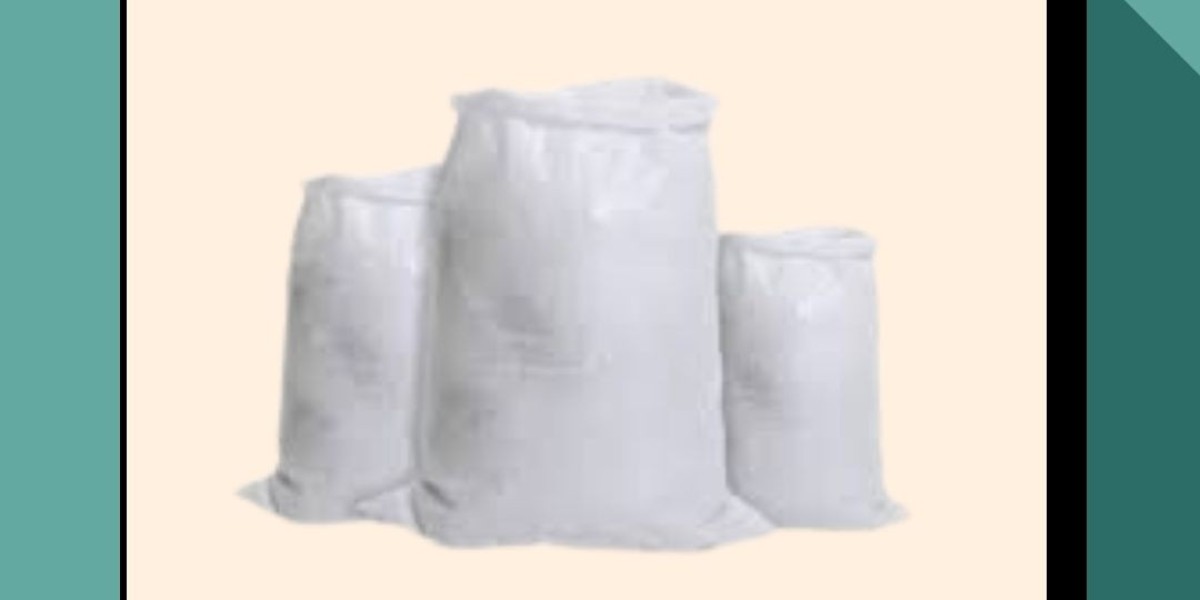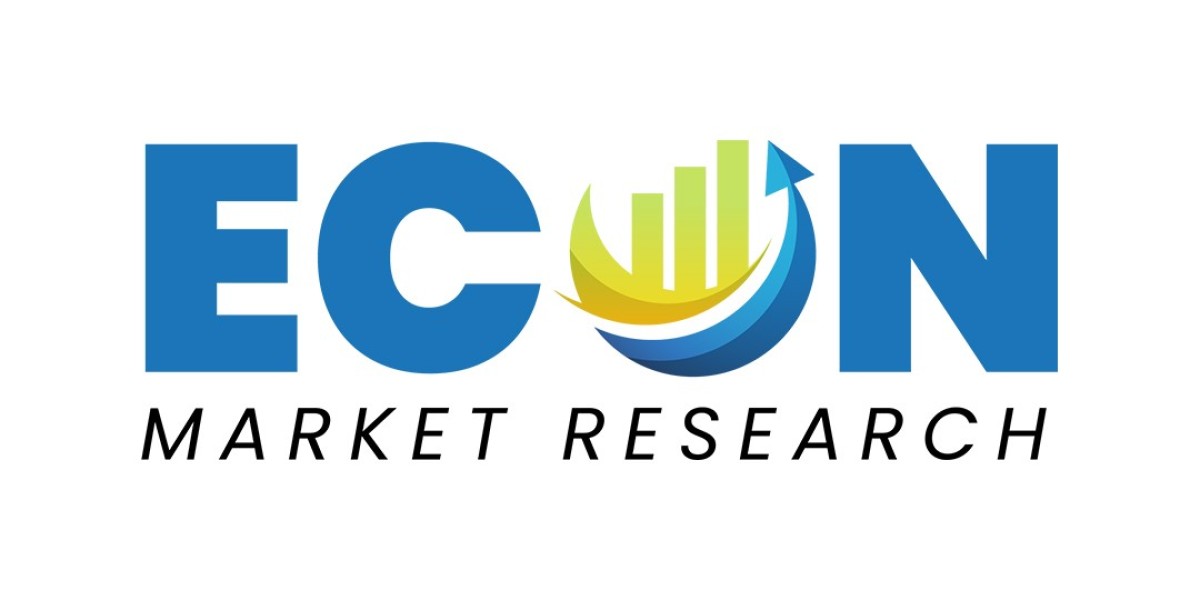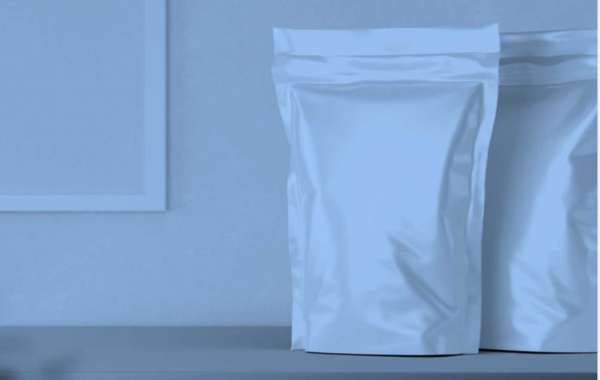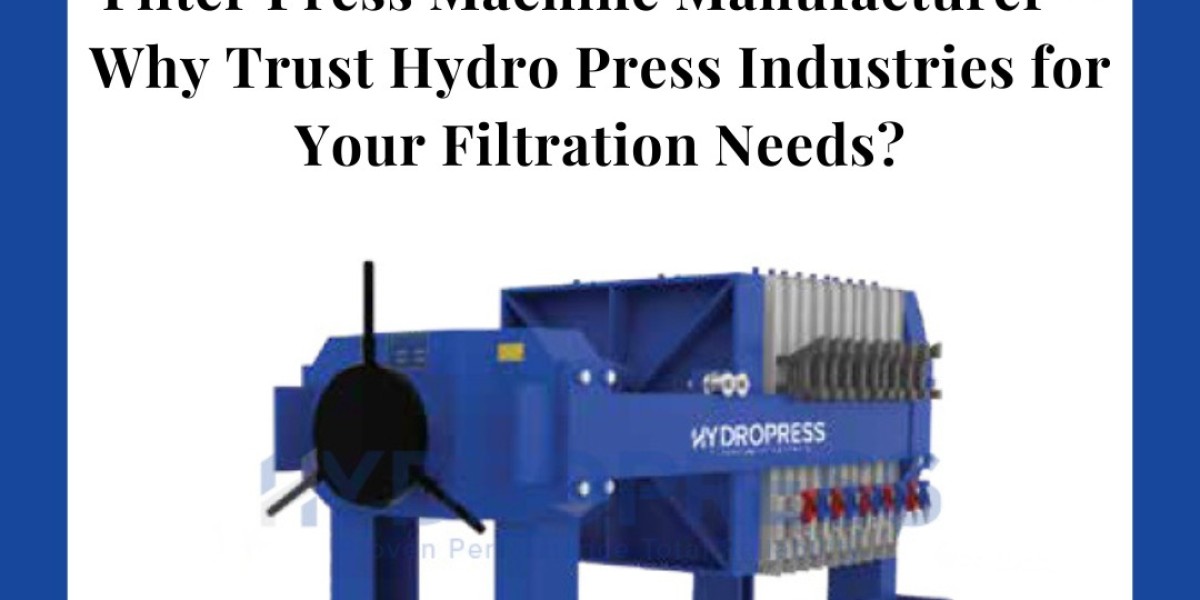Polypropylene woven bags, commonly referred to as PP woven bags, are an essential part of various industries, particularly in packaging and transporting goods. Known for their durability and strength, these bags are often used for agricultural products, grains, and industrial materials. However, with the increasing awareness of environmental issues, it is crucial to understand how to dispose of these bags properly to minimize their impact on the environment. This article will guide you through the best practices for disposing of polypropylene woven bags, ensuring that you do so in a responsible and eco-friendly manner.
Understanding Polypropylene Woven Bags
Before diving into disposal methods, it’s essential to comprehend what polypropylene woven bags are. These bags are made from polypropylene, a thermoplastic polymer that is strong, lightweight, and resistant to moisture. Polypropylene woven bags are favored in various applications due to their ability to hold heavy loads and their resistance to tearing and puncturing. However, improper disposal of these bags can lead to environmental pollution, which necessitates the need for proper disposal methods.
The Environmental Impact of Improper Disposal
Improper disposal of PP woven bags can have significant environmental consequences. When these bags end up in landfills, they take a long time to decompose, often lasting for hundreds of years. During this time, they can contribute to soil and water pollution, negatively impacting wildlife and ecosystems. Moreover, when burned, polypropylene can release harmful toxins into the air, exacerbating air quality issues. Understanding these impacts highlights the importance of responsible disposal practices.
Assessing the Condition of Your PP Woven Bags
Before disposing of polypropylene woven bags, assess their condition. If the bags are still in good shape and can be reused, consider donating them to local farmers or businesses that might benefit from them. Many agricultural and packaging industries still find value in second-hand bags. If they are damaged, however, it is time to explore proper disposal methods.
Cleaning Your PP Woven Bags
Cleaning your PP woven bags is an essential step before disposal. Residues from the contents can cause contamination in recycling processes. To clean the bags, follow these steps:
- Empty the Bags: Make sure all contents are removed.
- Rinse Thoroughly: Use water to rinse out any remaining residues. For stubborn stains or residues, you might want to use mild soap.
- Dry Completely: Ensure the bags are entirely dry before proceeding to disposal. This prevents mold and mildew during storage or transportation.
Recycling PP Woven Bags
Recycling is one of the most environmentally friendly ways to dispose of polypropylene woven bags. Many recycling centers accept these bags, given that they are clean and dry. Here’s how to go about recycling them:
- Find a Local Recycling Center: Search for facilities in your area that accept polypropylene bags. Many curbside recycling programs do not include these bags, so it’s essential to find a specific location.
- Follow Recycling Guidelines: Each recycling center may have different requirements. Ensure you adhere to their guidelines, such as cleaning and bundling the bags.
- Contact a Polypropylene Bags Manufacturer: Some manufacturers have take-back programs for their products. Contact the manufacturer to see if they accept returns for recycling.
Reusing PP Woven Bags
If recycling is not an option, consider reusing your PP woven bags. There are numerous creative ways to give these bags a second life:
- Storage: Use them to store gardening supplies, toys, or seasonal items.
- Shopping: Repurpose them as reusable shopping bags. Their strength makes them ideal for carrying groceries or other goods.
- Craft Projects: Get creative and use the material for various craft projects, such as making mats or containers.
Proper Disposal in Landfills
If the bags are beyond reuse or recycling, disposing of them in a landfill may be necessary. Here are some tips to ensure this process is done responsibly:
- Check Local Guidelines: Some municipalities have specific regulations regarding the disposal of plastic products. Familiarize yourself with these rules to ensure compliance.
- Seal the Bags: If you must throw them away, seal the bags to prevent them from blowing away during collection. This practice helps reduce litter.
- Minimize Waste: As a best practice, try to minimize the number of bags you dispose of by opting for reusable options whenever possible.
Advocating for Responsible Disposal Practices
As a consumer, you can influence the disposal practices of others by advocating for responsible disposal methods. Here’s how you can make a difference:
- Educate Others: Share your knowledge about the proper disposal of polypropylene woven bags with friends, family, and your community. Awareness is key to fostering responsible practices.
- Support Sustainable Products: Choose products from manufacturers who prioritize sustainability. Look for polypropylene bags manufacturers that emphasize eco-friendly practices in their production processes.
- Participate in Community Clean-Ups: Engage in local environmental initiatives that focus on cleaning up litter and promoting recycling. These activities can help raise awareness about the impacts of improper disposal.
The Role of Manufacturers in Responsible Disposal
Polypropylene bags manufacturers play a vital role in promoting responsible disposal practices. Many companies are beginning to take responsibility for their products’ end-of-life and are implementing take-back programs. Here are ways manufacturers can contribute:
- Developing Recycling Programs: By creating recycling programs, manufacturers can encourage consumers to return used bags for recycling rather than discarding them.
- Educating Consumers: Manufacturers can provide information on how to recycle and dispose of their products responsibly, helping to reduce environmental impact.
- Investing in Biodegradable Alternatives: The industry is also exploring biodegradable alternatives to traditional polypropylene woven bags, which can significantly lessen their environmental footprint.
The Future of PP Woven Bags and Disposal Practices
As environmental awareness grows, the future of polypropylene woven bags will likely evolve. Increased regulations and consumer demand for sustainable products will push Polypropylene bags manufacturer toward more eco-friendly solutions. Here are potential trends:
- Biodegradable Options: The introduction of biodegradable PP woven bags may become mainstream, offering consumers a more sustainable choice.
- Enhanced Recycling Technologies: Innovations in recycling technologies will improve the efficiency and effectiveness of recycling polypropylene, making it easier for consumers to dispose of these bags responsibly.
- Circular Economy Initiatives: More manufacturers may adopt circular economy practices, ensuring that their products are designed for reuse and recycling from the outset.
Conclusion
Proper disposal of polypropylene woven bags is essential to mitigate their environmental impact. By understanding the various disposal methods—such as recycling, reusing, and responsibly disposing of these bags—you can play a significant role in promoting sustainability. As consumers, it is our responsibility to make informed choices, support manufacturers that prioritize eco-friendly practices, and advocate for responsible disposal methods. By taking these steps, we can help ensure that our use of polypropylene bags does not harm our environment but instead contributes to a more sustainable future.
Frequently Asked Questions (FAQs)
1. How can I tell if my PP woven bag is recyclable?
Check for recycling symbols or labels on the bag. If the bag is clean and free of contaminants, it is generally recyclable. Additionally, you can contact your local recycling center for specific guidelines.
2. How do I clean PP woven bags for reuse?
To clean PP woven bags, empty all contents, rinse with water, and use mild soap if necessary. Ensure the bags are thoroughly dried before storing or reusing them to prevent mold or mildew.
3. What is the lifespan of a PP woven bag?
The lifespan of a PP woven bag varies depending on usage, storage conditions, and exposure to elements. With proper care, they can last for several years, making them a durable packaging solution.









